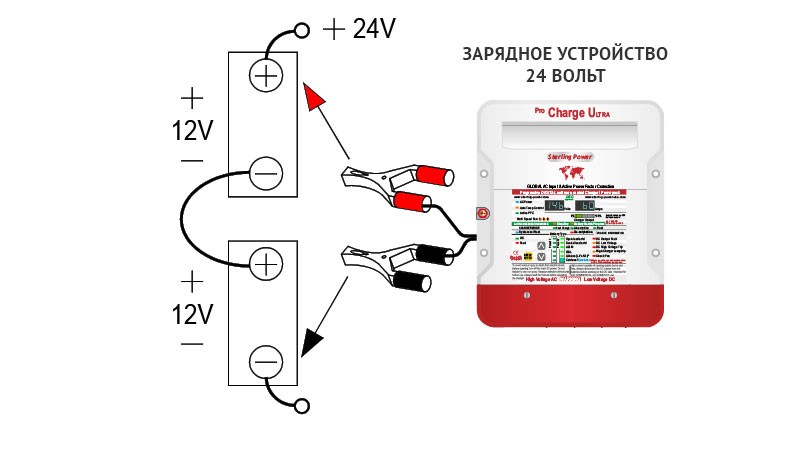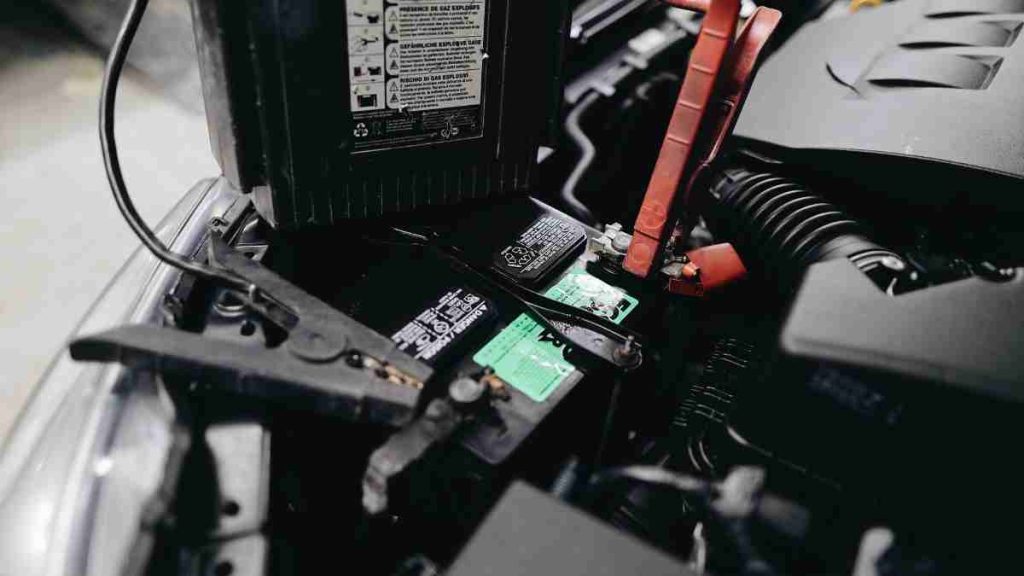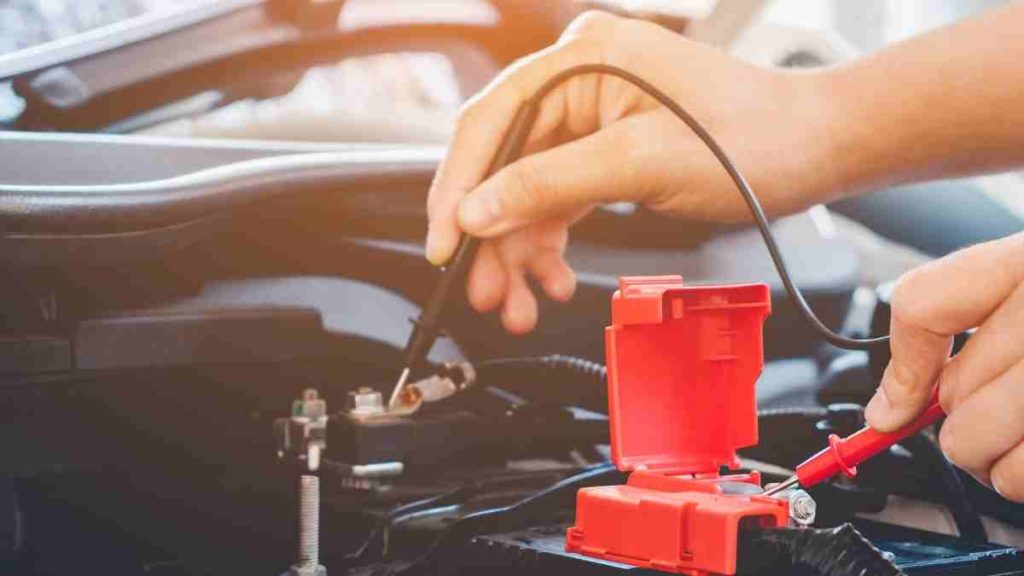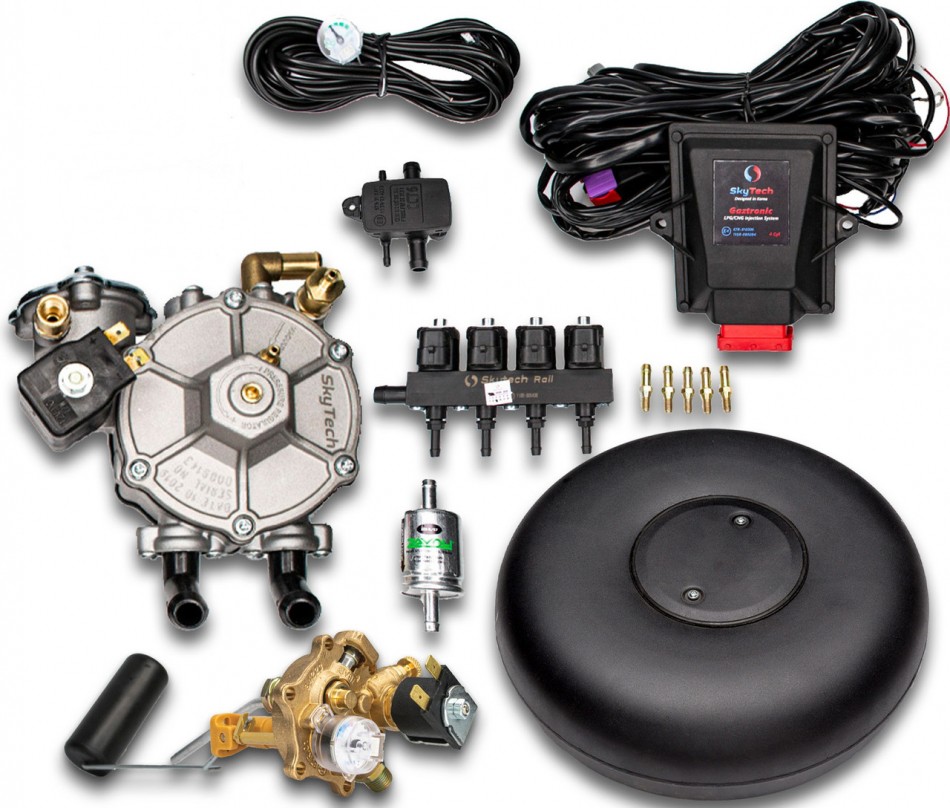
Charging the battery with a rectifier. How to safely charge the battery?
Content
How long does the battery last?
The average life of car batteries is 3-5 years. This time may be shorter or longer depending on:
- battery quality (and hence its price);
- the intensity of its use (for example, the presence of a start-stop system in the car);
- frequency and duration of downtime;
- number of charge-discharge cycles.
The more complete discharges and the more frequent starting of the car on connecting cables and to charge the battery with a rectifier, the easier it is to damage it. Moreover, the more the overall performance of the battery decreases and thus…. the need to recharge the AGM battery appears more and more often. This is not a manufacturing defect, but the natural course of things. It is worth remembering that the battery must not be allowed to discharge to zero.
Why does the battery drain to zero?
There are at least a few possibilities. Complete discharge of the battery can occur as a result of an oversight by the driver, but can also be caused by the failure of the battery.

Battery discharge due to man-made reasons
Much more often it is influenced by the human factor, i.e.:
- leave headlights or interior lights on all night;
- a long stop of the car with the radio on;
- very intensive use of electricity in winter (heating, heated mirrors or seats).
Battery discharge for reasons beyond human control
And what can lead to spontaneous battery discharge, on which the driver has no influence? Primarily:
- low air temperature - winter is a period when it is often necessary to charge the battery. This process is, of course, more complicated, but in a nutshell, the low temperature disrupts the chemical reactions inside the battery. Cold reduces the flow of electrolyte between the electrodes, which adversely affects the performance of the battery, which begins to gradually discharge:
- at 0 degrees Celsius, efficiency is reduced by about 20%;
- at -10 degrees Celsius, efficiency is reduced by about 30%;
- at -20 degrees Celsius, efficiency is reduced by about 50%.
The lower the temperature, the more likely it is that the battery will completely die - especially at night. The car then stands idle for a long time, and the cold is the hardest;
- damage to the generator - for example, a short circuit, as a result of which it is impossible to charge the battery;
- natural battery consumption.
There are so many potential reasons for a cell to be disabled. You must be prepared for the fact that someday you may need to recharge it and prepare for this in advance.
Charging the battery with a rectifier - which charger to choose?
Before we answer the question of how to charge a car battery, we will tell you which charger to choose. Without it, this activity will not succeed ... The better it is coordinated with the battery, the safer it will be to charge the battery. There are three types of rectifiers on the market, so there are plenty to choose from.
- Microprocessor (automatic) - allow you to charge the battery without removing the battery from the car. Moreover, it is a "smart" equipment. They only charge the cell to a safe level and then maintain the battery at that level. They protect against complete discharge. If the voltage drops, the car charger will automatically resume charging the battery.
- Pulse - provide high battery charging power, small and light. They constantly check the charging voltage, so there is no risk of overcharging the battery. They show high performance.
- Transformer (standard) - the cheapest, simplest design, devoid of electronics and any protection (for example, from damage during a short circuit). The degree of charge is not checked, they require self-control.
How to safely charge a car battery? Check!
It may seem that charging the battery is a task that does not require special attention. It is not true. If we had to answer the question of how to recharge the battery in one word, then it would be - carefully! What does this mean in practice? First of all, pay special attention to your surroundings and look at the indicator. Even the smallest source of ignition can cause a dangerous explosion. During charging, the battery gives off flammable and explosive hydrogen. Smoking a cigarette near the place where you recharge the battery can end in tragedy.

How to recharge the battery? Step-by-step instruction
Security concerns are left behind. We can now move on to a step by step explanation of how to charge or fully charge a maintenance-free battery.
- Wear protective gloves and goggles - the electrolyte that conducts energy inside the battery contains sulfuric acid. It is very caustic, so you must absolutely protect yourself in case of contact with this substance.
- Just in case, tighten the handbrake and remove the keys from the ignition. In theory the battery is discharged, however, as we mentioned earlier, the answer to the question of how to charge the battery is - be careful!
- Disconnect the negative clamp (black or blue) by loosening its clamp with a wrench. Remember to always start with negative when disconnecting the battery. The reverse order is another situation where an explosion can occur. Then it is enough to accidentally contact the key with the body at the moment of removing the positive clamp for sparks to appear. Therefore, we repeat: always minus first! On the other hand, the next time you connect the battery, do the opposite. Removing the battery from the vehicle = negative terminal, adding the battery to the vehicle = positive terminal.
- Disconnect the positive (red) clamp - loosen the clamp with a wrench.
- Remove all other fasteners - unscrew the screws, remove the handles.
- Make sure they are all disconnected, then remove the battery. Please note that you will have to lift up to 20 kg!
- If you have a good battery, top up the electrolyte level if necessary.
How to connect a car charger?
The answer to the question of how to charge the battery would not be complete if we did not explain how to connect the charger. This is not a difficult task, but it requires several steps:
- first pluses - connect the positive (red) “crocodile clip” to the positive (red) battery terminal;
- then minus - minus (black or blue) “crocodile clip” connect to the minus (black or blue) pole of the battery.
- connect the charger to a power source;
- select the charging mode on the rectifier - you are probably wondering at this moment what current to charge the battery with? It all depends on the battery, and you will find detailed information in the instructions. In the case of acid batteries, the most general rule is that the current should be no more than 1/10 of the battery capacity. So if the battery capacity is 50 Ah (the most common), then the current strength should be a maximum of 5 A. The higher it is, the shorter the charging period, but the worse it affects the battery life. To safely charge the battery, it is worth using the lowest possible intensity;
- wait about 20 minutes before disconnecting the cables from the battery, otherwise the gases released during battery charging may cause sparks.

Battery Charging - Time
It is impossible to give an unambiguous answer to the question of how much to charge the battery. The time is primarily determined by its condition (discharge rate), rectifier type (standard or microprocessor) and current strength. Trying to answer the question of how much to charge the battery, you can specify an average of 10-12 hours. Pay attention to the temperature of the battery, which should not exceed 45 degrees Celsius.
We also mentioned the dependency related to the strength of the current. Low values, such as 2A, can extend the charging period up to 20 hours, but certainly do not carry the risk of damaging the battery. However, all information should be included in the instructions and it is best to follow them.
How to charge the battery faster?
If you care about faster battery charging time, get a microprocessor based rectifier. It performs its task faster and more safely, also thanks to voltage stabilization and thus protection against overcharging. The charger charges the battery to the maximum safe level, i.e. 14,4 V, and after 2 hours it goes into the "support charge" mode.
Charging the Battery - Charger Note
In the case of an adjustable rectifier, you must independently monitor the level of charge. Each battery is equipped with an ammeter needle. It is generally believed that when the arrow on the charger points to 0, the battery is fully charged. But this is not the only way to check the state of charge.

When is the battery charged?
To find out the state of charge of the battery, first measure its voltage at rest. To do this, you will need a voltage meter (you can order one online or buy it from a car shop for only 2 euros, also known as a battery meter). What value will the car user see when the battery is charged? It will be from 12V to 14,4V. Lower values mean the battery still needs to be recharged.
The second step is to measure the voltage with a multimeter when starting the engine. If the display shows a value below 10 V, this means that the battery needs to be charged.
Charging the battery is not difficult, but it does require some time and basic equipment. Safety goggles and gloves, a voltmeter, and a charger are the bare minimum to charge your battery efficiently.
